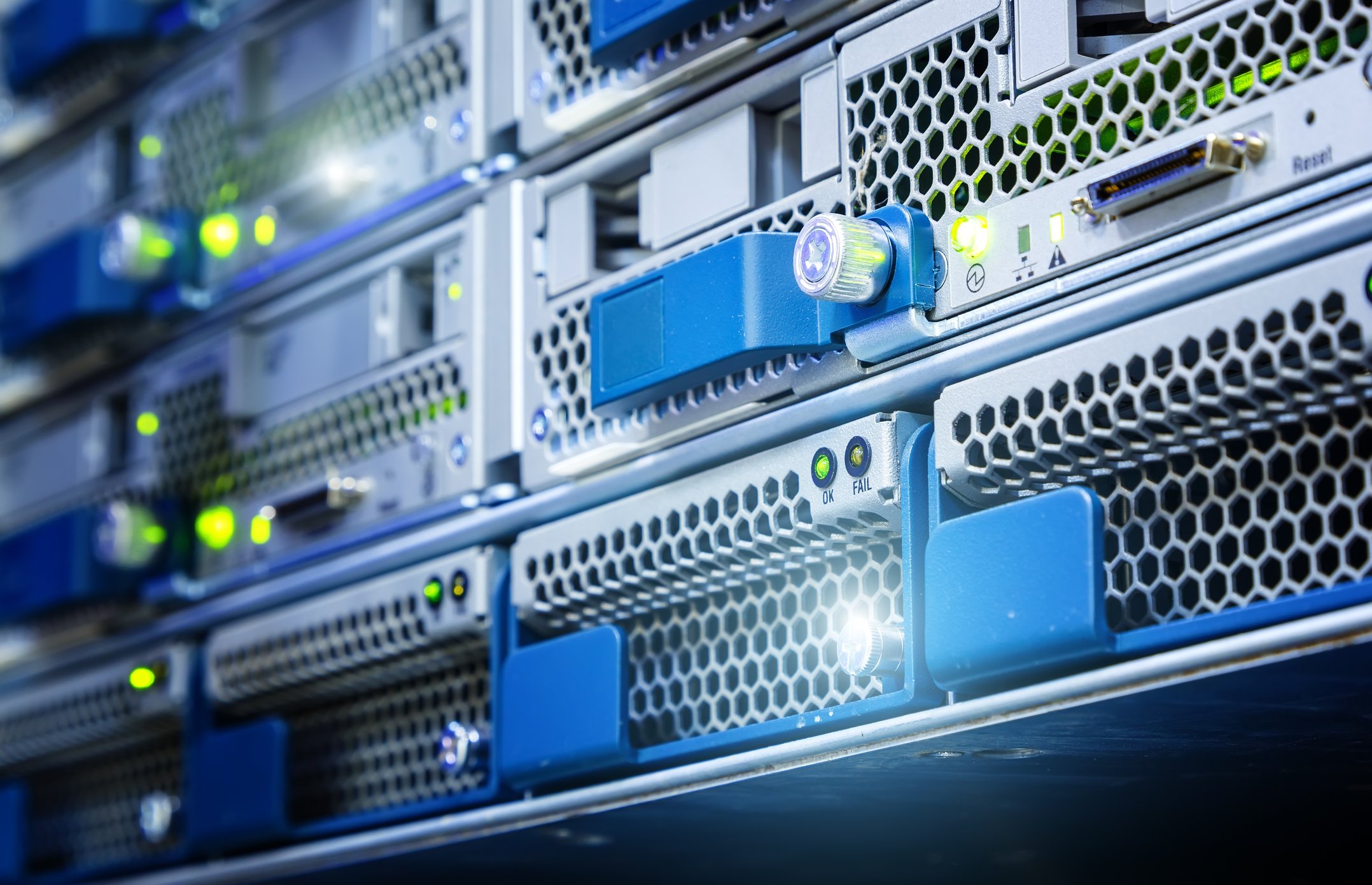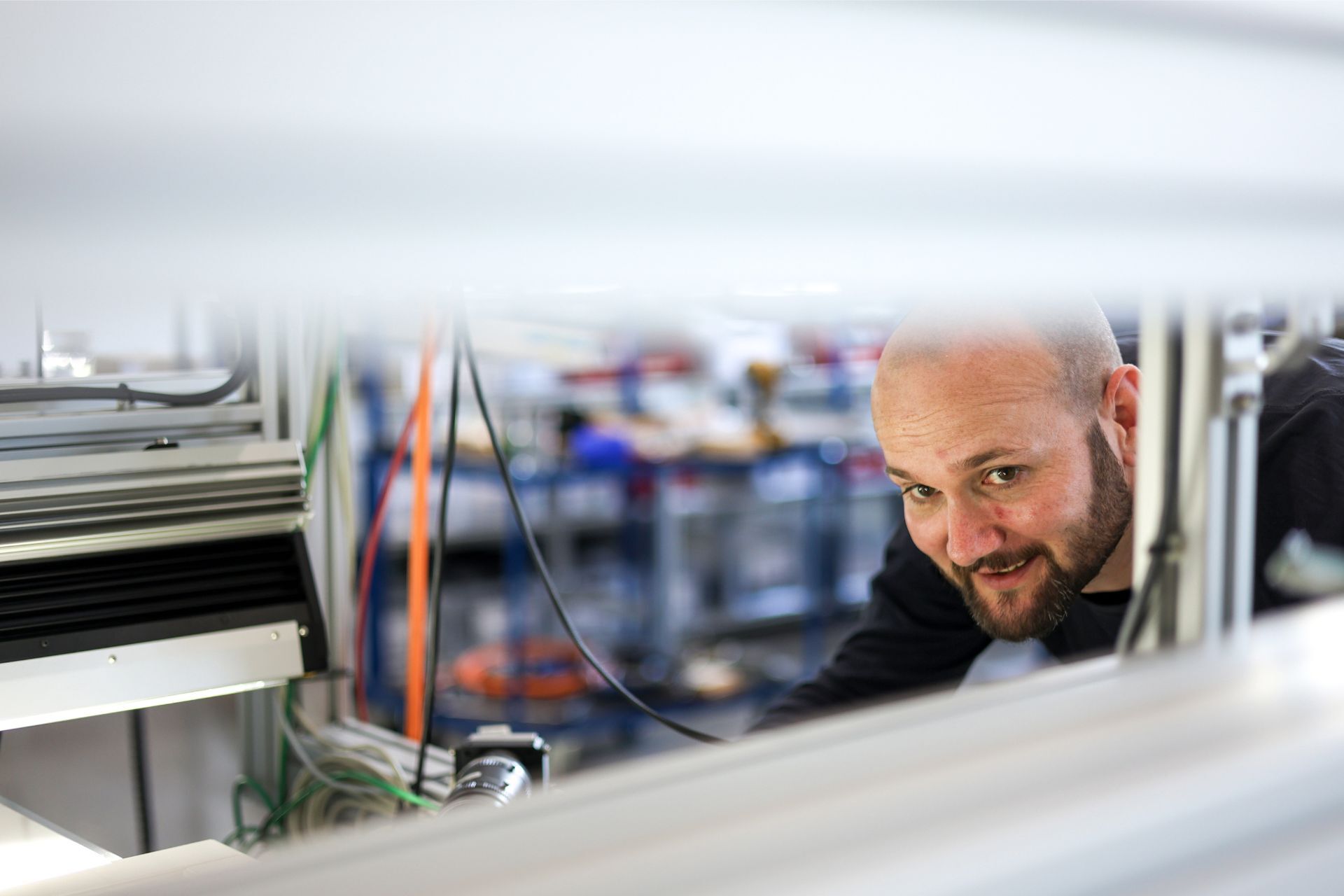
Camera, lights and a computer to run the software. That's what a machine vision system traditionally looks like, but now JLI vision has done away with that.
For a company in the pharmaceutical industry, we have delivered the first virtual vision system where the algorithm runs on the company's own server instead of on a dedicated computer.
Instead of having hardware as an integral part of the setup, the camera and display are connected to a socket in the wall, and data is transferred to and from a server elsewhere in the building.
What are the benefits of a virtual vision system?
The vision system itself automates an otherwise manual counting task of medicine bottles in a cold room, and the working environment in the cold room is one of the reasons why the virtual system is a great advantage.
A cold room with a temperature of 6 degrees requires special hardware - both because the computer has to be able to handle the temperature and because there are standards for how much heat the equipment can emit in order not to affect the temperature in the room.
The solution also offers significant savings, as there is no need to purchase hardware and spare parts for ongoing maintenance. The main barrier to setting up a virtual vision system is of course having a server in place, but if this is already in place it is both cheaper and quicker to set up the vision system.
Data security is a top priority for many companies, and one of the key benefits of a virtual vision system is that you can retain full control over hardware and software updates, as everything is managed on your own server. Not many IT departments are happy about introducing new hardware and software, and in this way, you can implement an advanced machine vision solution without disrupting the IT landscape.
Another advantage of using a server is that you can easily scale computing power up and down as needed.

Who can use a virtual vision system?
The big advantage of a virtual vision system is that you get the hardware out of the production environment, which many companies could benefit from.
For example, it will be beneficial if:
- The production environment is either very hot or cold, which requires a lot from the hardware.
- The production environment is dusty, which would otherwise require a lot of maintenance of the hardware.
- There is a lack of space in the production environment
What are the disadvantages of a virtual vision system?
Having to transfer data to a server that is far from the vision system itself - in principle it could be cloud-based - comes at a cost in terms of speed.
If the inspection task requires the system to process many images in quick succession, a virtual vision system may not be able to do the job.
However, in the specific case of counting medicine bottles in the cold room, speed has not been a challenge as the system delivers a response in less than a second, which is far below the required performance.
Are you curious if a virtual vision system could be a good solution for you. Contact us here and let's find out.




%20Stor.jpeg)